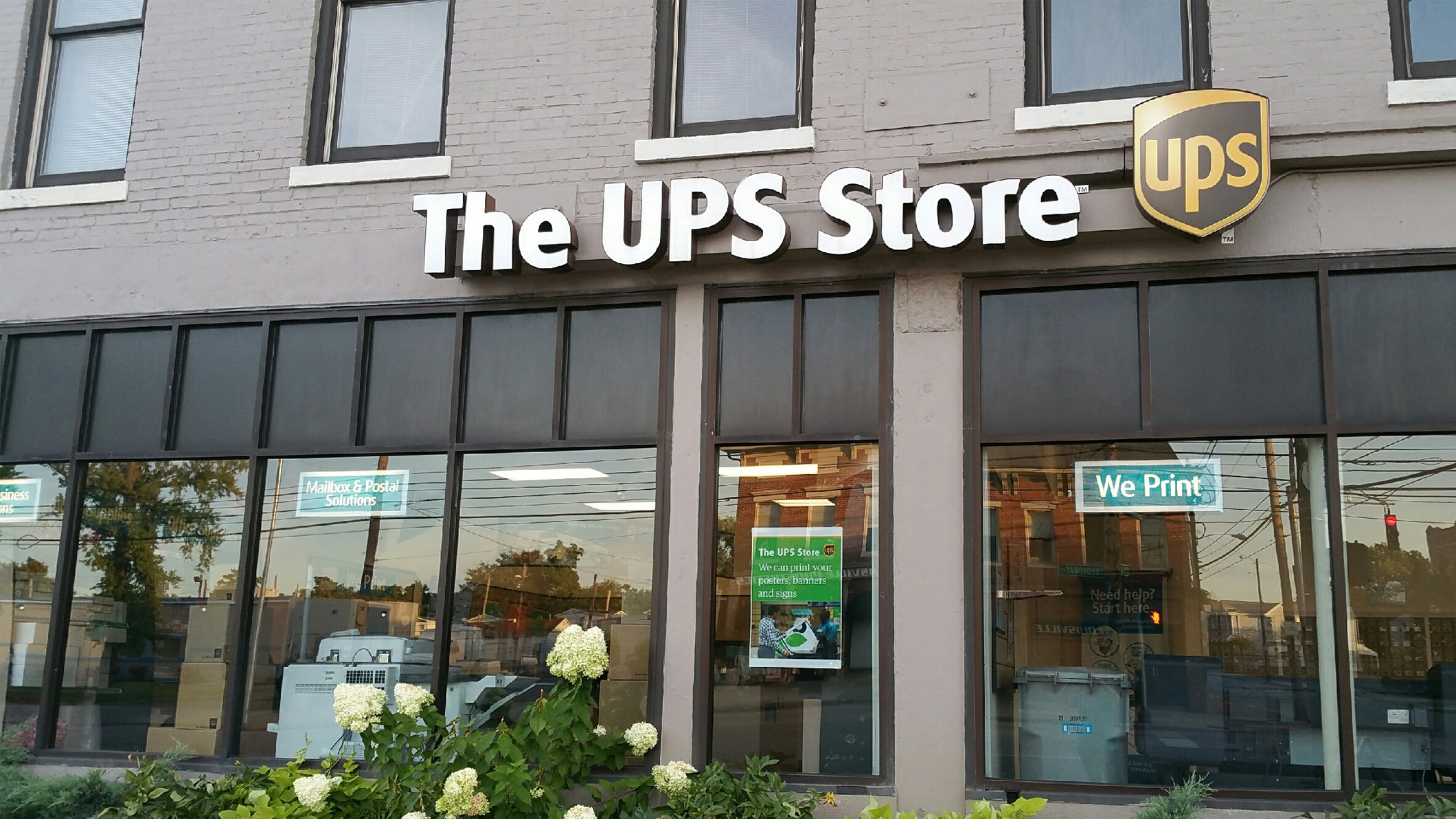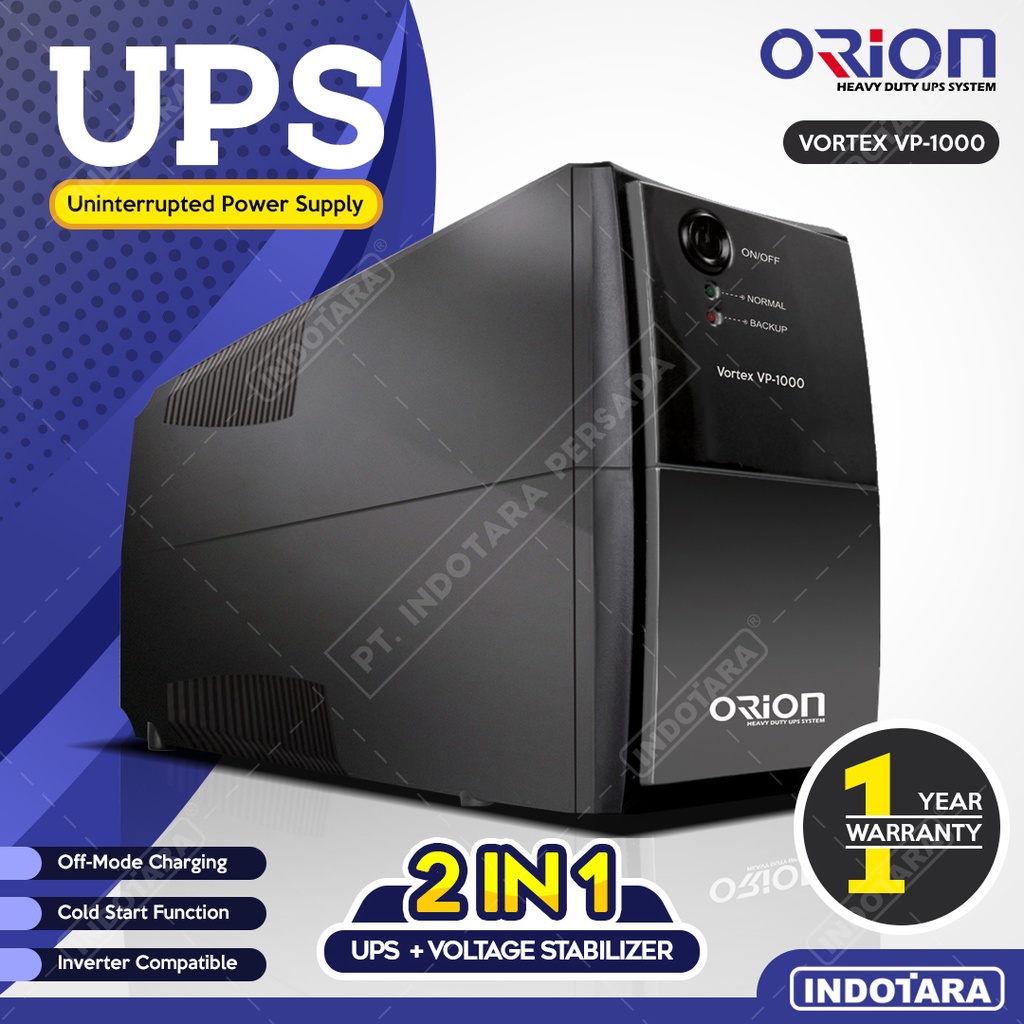Ups neer me – UPS Near Me: The ubiquitous search query reflects a modern need for speed and convenience. Millions search daily for the nearest UPS location, whether for shipping a last-minute package, initiating a return, or simply accessing convenient services. This demand highlights the crucial role of efficient location-based services in today’s fast-paced world. The need varies drastically, from urgent same-day shipping to routine package drop-offs, shaping the user experience and requiring a robust, responsive system.
This system must prioritize location accuracy, offering clear and concise information such as addresses, phone numbers, and operating hours. Seamless map integration with turn-by-turn directions is critical, as is the ability to handle potential issues like outdated information or network connectivity problems. Furthermore, incorporating user reviews and ratings enhances transparency and helps users make informed decisions. Finally, a visually appealing interface, across various screen sizes, is essential for a positive user experience.
Understanding the “UPS Near Me” Search
The search query “UPS near me” reveals a user’s immediate need for a nearby UPS location to fulfill a specific shipping or receiving requirement. Understanding the nuances behind this simple query is crucial for designing effective location-based services.
User Needs and Service Types
Users searching for “UPS near me” typically express a need for convenient access to UPS services. This need can manifest in several ways, each demanding a tailored response from the service provider.
| User Need | Service Type | Urgency Level | Example Search Refinement |
|---|---|---|---|
| Send a package | Shipping | High (same-day shipping) to Low (scheduled pickup) | “UPS near me same day shipping” or “UPS drop off near me” |
| Receive a package | Package Receiving | Medium | “UPS access point near me” or “UPS store near me for package pickup” |
| Return a package | Returns | Medium | “UPS drop off for returns near me” or “UPS store near me for returns” |
| Access mailbox services | Mailbox Services | Low | “UPS mailbox near me” |
Location-Based Services and Results
Prioritizing UPS locations based on proximity and presenting location data effectively are key components of a successful “UPS near me” search experience. Accurate and readily accessible information is paramount.
Prioritizing UPS Locations
The system should utilize the user’s device location (GPS coordinates) to calculate distances to nearby UPS locations. Locations should be ranked by proximity, with the closest location displayed first. The system should also account for factors such as operating hours and service availability.
Displaying Location Information, Ups neer me
Location information should be displayed clearly and concisely. This includes the full address, phone number, and operating hours. A consistent format should be used across all results.
Map Integration and Directions
Integrating a map showing the location of nearby UPS stores is essential. Users should be able to easily tap on a location marker to view details and get directions using their preferred navigation app.
Addressing Potential Issues with Location Data

Source: mktgcdn.com
Potential issues such as inaccurate addresses, outdated hours, and temporary closures must be addressed. Regular data updates and mechanisms for user feedback to report inaccuracies are crucial. The system should also handle situations where a user’s location cannot be determined.
Service Options and Information: Ups Neer Me
Clearly presenting available shipping options and other services offered at various UPS locations enhances user experience and allows for informed decision-making.
Shipping Options and Costs
The system should display a comprehensive list of available shipping options, including their associated costs and estimated delivery times. These should be clearly categorized and easily compared.
Additional Services
- Packing supplies (boxes, tape, bubble wrap)
- Mailbox rental services
- Freight shipping services
- Notary services (where available)
- Printing and copying services (where available)
User-Friendly Presentation
Information should be presented in a clear, concise, and visually appealing manner. Using tables, bulleted lists, and clear headings will improve readability and comprehension.
User Reviews and Ratings
Incorporating user reviews and ratings enhances transparency and helps users make informed decisions. However, managing and presenting this data requires careful consideration.
Finding the nearest UPS location is often a priority for those needing quick shipping solutions. However, for pet lovers in Fairbanks, Alaska, locating a new furry friend might take precedence, leading many to search resources like fairbanks craigslist pets for potential companions. After securing a new pet, getting back to the original task of locating that nearby UPS store for shipping supplies becomes important again.
Collecting and Displaying User Feedback
A system should be in place to collect user reviews and ratings. This could involve a simple star rating system along with a text field for written feedback. Reviews should be moderated to ensure they are appropriate and relevant.
Mitigating Bias in Reviews
Potential biases should be considered, such as the tendency for users to leave reviews only after positive or negative experiences. Displaying a balanced representation of reviews, including both positive and negative feedback, is crucial. The system could also filter out abusive or irrelevant comments.
Best Practices for Displaying Reviews
Star ratings should be prominently displayed. Concise summaries of reviews, highlighting key themes and sentiments, can provide valuable insights without overwhelming the user with lengthy text.
Visual Representation of Information
Effective visual representation of information is crucial for a positive user experience. Maps, icons, and color-coding can significantly improve clarity and engagement.
Visual Design Choices
A map displaying UPS locations with clear markers and color-coding (e.g., different colors for different service types) is highly effective. Icons representing services (shipping, returns, etc.) should be used consistently. On smaller screens, a list view might be more appropriate, while larger screens could support a combined map and list view.
Illustrative Images
An image depicting various packaging options available at UPS stores could showcase the variety of boxes and packing materials offered. Descriptive text would accompany this, highlighting the size and strength of different boxes, and the availability of packing tape and bubble wrap. Another image could show a UPS employee assisting a customer with shipping a package, emphasizing the personalized service offered.
This image would be accompanied by text describing the friendly and helpful nature of UPS staff.
Handling Errors and Edge Cases
Robust error handling is essential to ensure a positive user experience even in unexpected situations.
Types of Errors and Error Messages
Potential errors include “no UPS locations found,” network connectivity issues, and location services unavailable. Clear and informative error messages should guide users towards solutions, such as checking their internet connection or enabling location services.
Handling Location Services Unavailability

Source: susercontent.com
If location services are unavailable, the system should gracefully degrade, perhaps prompting the user to manually enter their address or zip code.
Error Handling Flowchart
A flowchart would visually represent the decision-making process in handling errors. It would begin with checking for location services availability, then proceed to searching for nearby UPS locations. If no locations are found, a “no locations found” message is displayed. Network errors would trigger a message prompting the user to check their connection. A final block would handle unanticipated errors with a generic error message and contact information.
Final Review
The quest for “UPS Near Me” underscores the growing reliance on location-based services for everyday needs. By combining accurate location data, comprehensive service information, user feedback, and a visually intuitive interface, a streamlined search experience can be delivered. Addressing potential errors and ensuring system resilience are key to meeting user expectations and building trust. The ultimate goal is to empower users with the information they need to efficiently manage their shipping and receiving needs.
